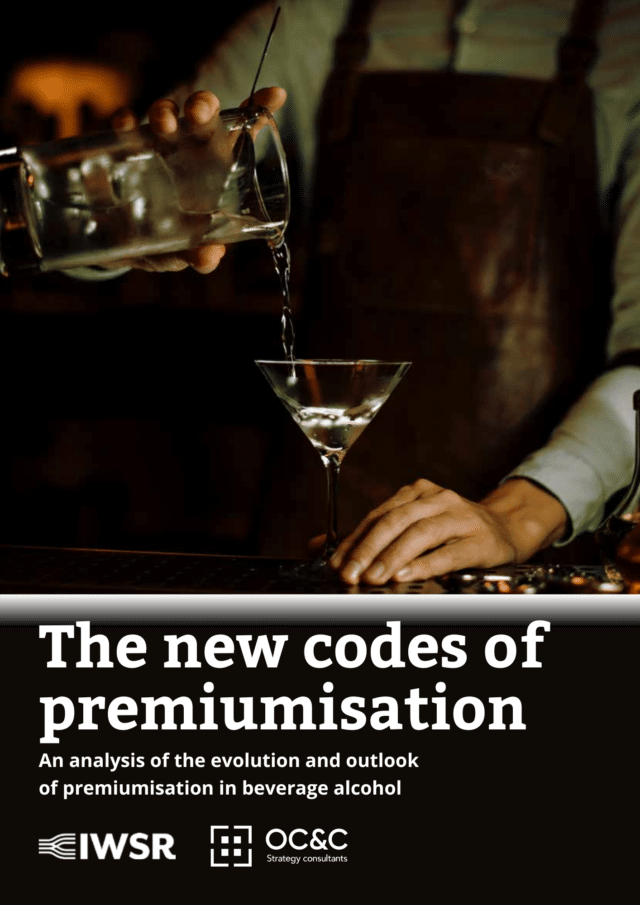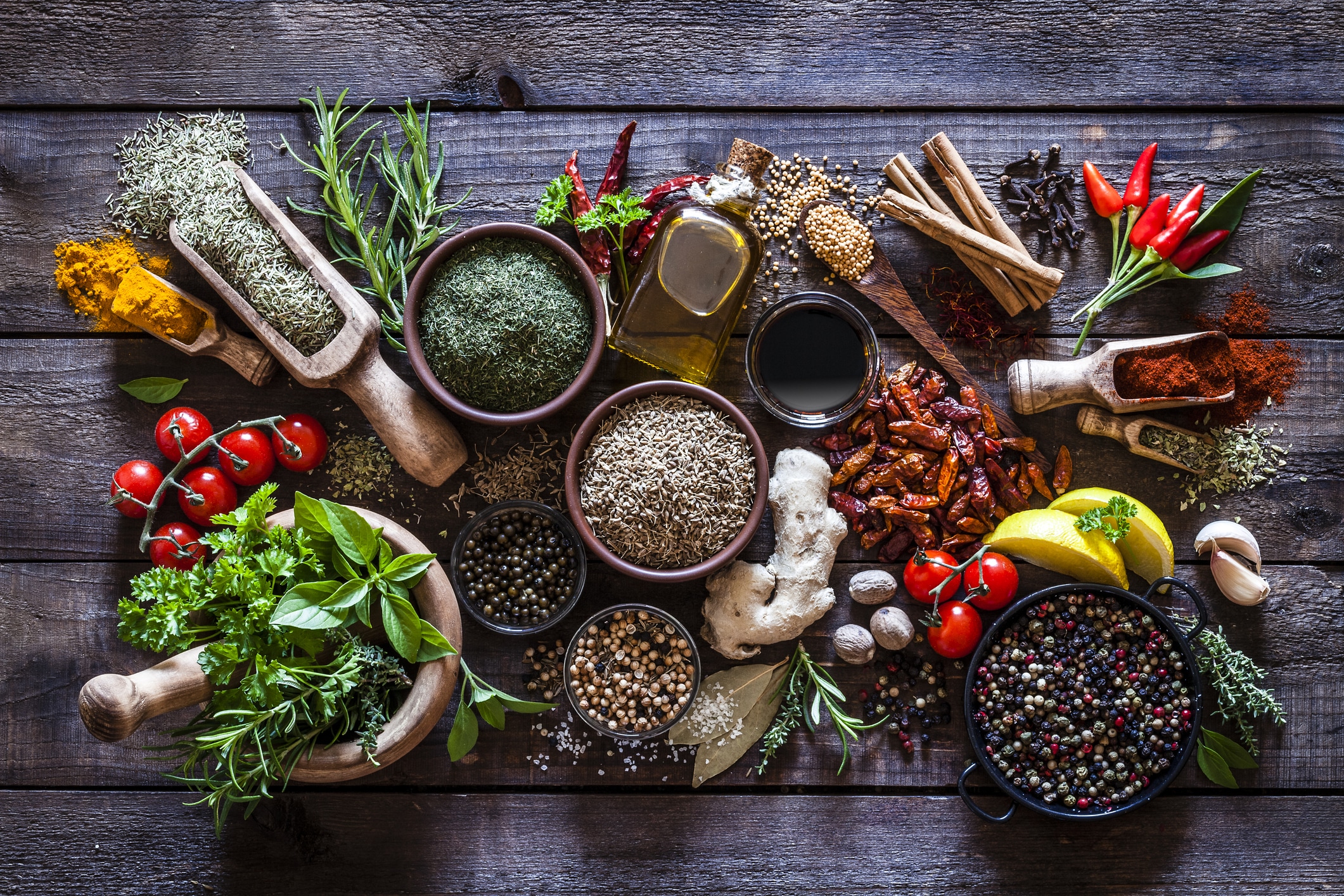
The New Codes of Premiumization
Over the past two decades, premiumization has been a driving force in the alcoholic beverage industry as consumers are increasingly looking to higher-quality products. Despite economic downturns and challenges, and a slight slowing down of the premium sector, super premium producers are continuing to flourish, with increasing growth in millennial and female consumers. Our latest thinking, created in partnership with the ISWR, outlines the impact of premiumization on the market, and the consumer trends that are influencing growth.
The Evolution of Premiumization
In the wake of the COVID-19 pandemic, consumers accelerated their adoption of premium products, driven by increased disposable income and limited spending opportunities elsewhere. However, as economic conditions have since tightened, there has been a noticeable shift in buying behaviour. The core premium segment, which includes spirits priced between $22.50 and $30.50 per 75cl bottle in the US market, has seen a slowdown in growth, which is particularly evident in more mature markets where alcohol volumes are generally declining.
Key Drivers of Super-Premium Growth
Several factors are driving the sustained growth in the super-premium and above segments. One significant trend is the changing demographics of luxury consumers. Younger, more diverse, and increasingly female consumers are becoming the primary drivers of luxury spending. Millennials and Gen Z are particularly influential in this shift and are more willing to invest in premium experiences and products – often at the expense of quantity.
As the most affluent customers are generally unaffected by economic cycles, spend on luxury products is largely uninterrupted. There is also a broader consumer trend towards valuing experiences over material goods, creating a tension within the market as consumers balance their desire for high-quality products with their increasing preference for experiential purchases.
The New Codes of Premiumization
To meet the evolving needs of today’s consumers, brands are adopting new strategies that complement traditional premiumization codes. These new codes include new flavour profiles, memorable packaging with luxury connotations, authentic brand storytelling, and associations with popular cocktail culture. These elements are not designed to replace traditional markers of premiumization, such as perceived scarcity and product quality, but rather to add to them and therefore appeal to a wider audience.
1. New Flavour Profiles: Brands are experimenting with ingredients and flavour combinations to create distinctive products that stand out in the market, appealing to consumers’ desire for new and exciting experiences while also reinforcing the premium nature of the product.
2. Memorable Packaging with Luxury Connotations: Eye-catching and luxurious packaging continues to be a critical factor in driving consumer interest and perceived quality. Brands are increasingly investing in designs that reflect the product’s premium status while also resonating with consumers’ tastes and preferences.
3. Authentic Storytelling: In today’s market, consumers are looking for more than just a product; they want to connect with the brand’s story. Authenticity and transparency are key, with brands that emphasize their heritage, production processes, or even celebrity endorsements often resonating more with consumers.
4. Association with Cocktail Culture: The enduring popularity of cocktails has provided brands with an opportunity to position their products as essential ingredients, and appeal to consumers looking for experiential value.
Responding to the Changing Landscape
As the premiumization trend evolves, it is crucial for brands to adapt their strategies to meet the changing demands of consumers. This involves not only understanding which codes resonate most with their target audience but also being willing to innovate and evolve their product offerings.
Brands must also recognize that there is no one-size-fits-all approach. The effectiveness of different strategies will vary depending on the brand’s positioning, the market it operates in, and the specific category dynamics. However, by staying attuned to the new codes of premiumization and being responsive to consumer trends, brands can continue to thrive in a competitive landscape.
For more on premiumization in the alcoholic beverage sector, read our full report below.
Key Contacts

Dan Zubaida
Associate Partner

David de Matteis
Partner

Marek Zdziech
Partner




